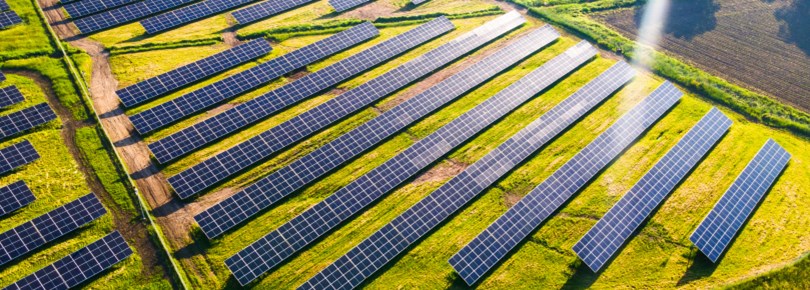PTFE in the Solar Industry
April 2024

How is PTFE used in the solar Industry?
PTFE is extremely resistant to the elements. Unlike other plastic’s UV resistance that can become brittle and crack when exposed to UV radiation, PTFE remains flexible and durable making it ideal for many applications, such as protecting exterior components from rain, snow, dirt, and other environmental conditions.
The solar panel manufacturing industry uses PTFE because it is able to stay intact when exposed to ultraviolet light and extreme temperatures up to 260°C.
PTFE protects solar panels against harsh weather conditions, temperature changes, chemicals, and corrosion whilst insulating components and wiring against electricity and extreme temperatures. Its ability to remain effective despite extreme conditions make it an ideal choice for many outdoor products.
Wafer Carriers
PTFE Wafer carriers are designed to hold silicon wafers safely and securely in a controlled environment. The wafers are cleaned after slicing to remove any residual silicon dust, which can also introduce impurities. The cleaning process typically involves a combination of chemicals and ultrasonic agitation, which effectively removes the silicon dust without introducing additional impurities.
The production of silicon wafers for solar cells involves similar processes to those used in the semiconductor industry. The production of silicon wafers involves a series of complex processes, each of which presents its own set of challenges. These challenges range from maintaining the purity of the silicon during the manufacturing process to managing the high costs associated with the production of high-quality silicon wafers. However, the wafers used in solar cells are typically thicker and less pure than those used in the semiconductor industry. Despite these differences, the fundamental properties of silicon wafers, including their electrical and thermal properties, make them an essential component in the production of solar cells.
Fluorocarbon manufacture PTFE wafer carriers, machined as a single piece construction to exact specifications.
PTFE Bushings
PTFE is used in pantograph joints that are part of the solar panel arrays in space due to its low friction and high precision properties for controlled operations. These joints allow the panels to expand while the spacecraft is in orbit.
There are many similarities between space-based solar panels and conventional solar panels. They both include cells that are made of conductive material (usually silicon) the biggest difference is the overall quality and durability of the modules. NASA is constantly experimenting with different semiconductor materials for producing better solar cells for space.
PTFE Double Diaphragm Pumps
PTFE provide excellent abrasion and chemical resistance. These double diaphragm air operated pumps are utilised for handling powdered silicon carbide (silicon slurry) required for applications in the photovoltaic (PV) manufacturing solar industry.
PTFE Film
PTFE coated fabrics and belts are used as release sheets for the solar panel lamination process due to their high temperature resistance and excellent release.
PTFE coated glass fabric products are used as press covers and as release sheets between the press cover and solar cell module. The conveyor belt used can be made from PTFE coated glass fabric products, this can also be can be used as a protection fabric between the conveyor belt and the heat chamber.
Photovoltaic Cells
PTFE Thin-film solar cells can be manufactured using low-cost glass, plastic, ceramics, graphite, metal sheets and other different materials as substrates. Because the thickness of the film that can generate voltage is only a few μm, it can be used under the same light-receiving area. Compared with silicon wafer solar cells, the amount of raw materials used is significantly reduced. At least 40 developed countries in the world are carrying out research, development and application of next-generation low-cost, high-efficiency thin-film solar cells for practical use.
Storage
PTFE is used in battery management systems to capture solar energy, with manufacturers using the PTFE fibrillation process for Lithium-ion batteries such as the Tesla Powerwall battery.
Conclusion
At the most basic level, the key components of a solar panel are solar PV cells, polysilicon or silicon, metal, and glass. The most important component is the solar cells which convert sunlight into usable energy. Solar cells are the photovoltaic (PV) component of solar panels, meaning they produce energy from the sun.
PTFE is used in the manufacturing process, components and storage of solar power.
Contact us today if you would like to discuss your project in more detail!










